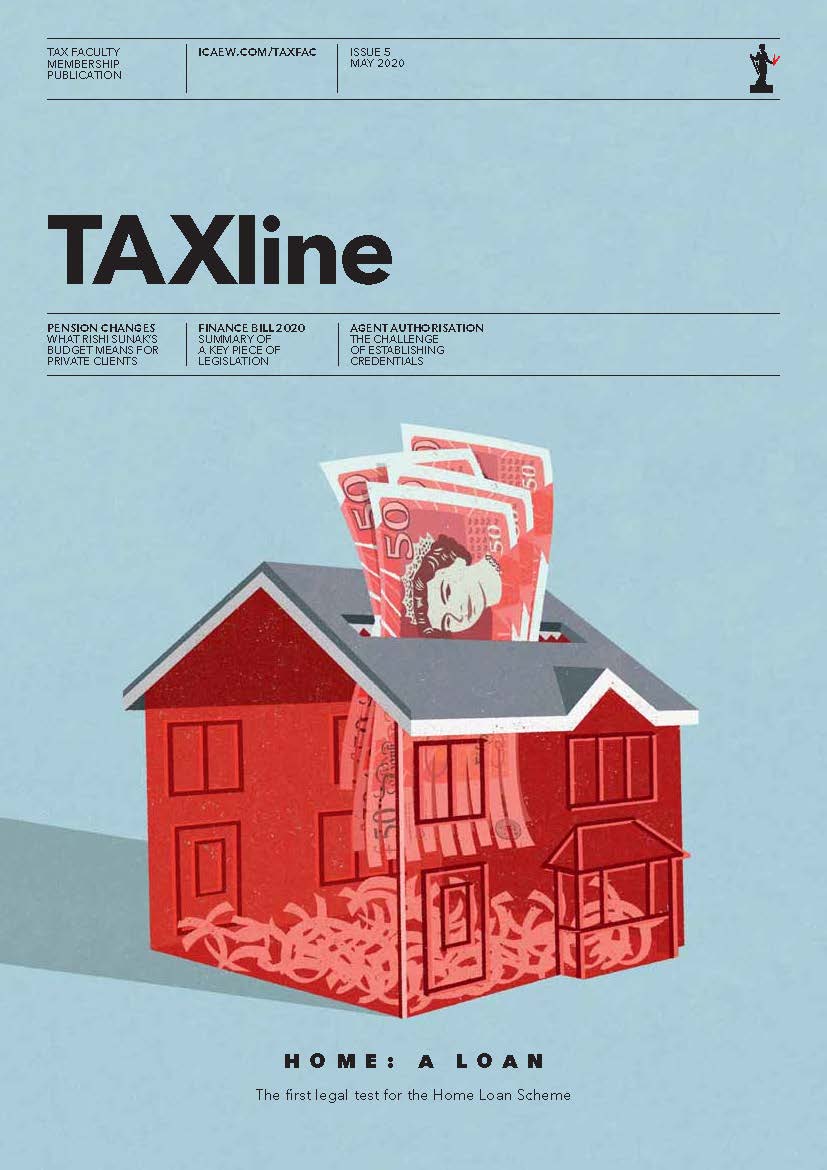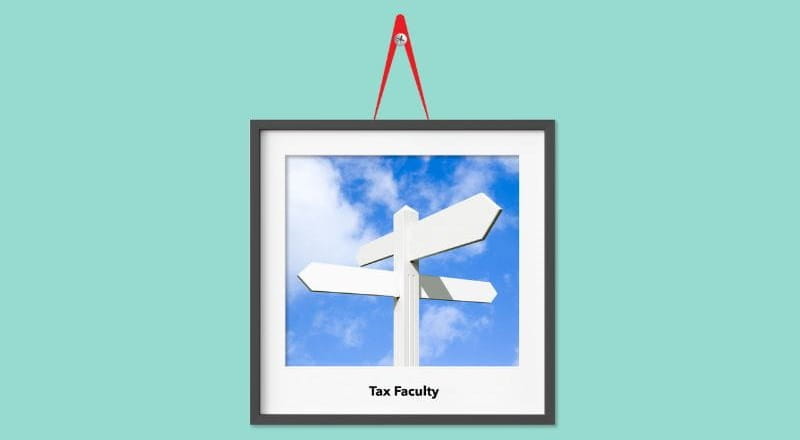At the end of January and beginning of February, the government made an unusually large number of payroll-related announcements. Leaving such announcements to the last minute has left little time for software developers to update payroll IT, test and launch in time to run April payrolls.
Here is a summary of some of the latest changes and guidance for those operating and advising on payroll in 2022/23.
Auto-enrolment thresholds unchanged
Under automatic enrolment, employers must enrol all workers into a workplace pension if they satisfy the age and earnings criteria. The Department for Work and Pensions has confirmed there will be no change to the thresholds.
For 2022/23:
- the automatic enrolment (AE) earnings trigger will remain at £10,000;
- the lower limit of the qualifying earnings band (QEB) will remain at £6,240; and
- the upper limit of the QEB will remain at £50,270.
The AE QEB lower limit will diverge in 2022/23 from the NIC lower earnings limit (which will increase to £6,396). However, the NIC upper earnings limit (UEL) will be frozen at £50,270 in 2022/23, so the AE upper limit of the QEB and NIC UEL will continue to align.
Employer guidance updates
HMRC issued CWG2: further guide to PAYE and National Insurance contributions 2022/23 and CWG5: Class 1A National Insurance contributions on benefits in kind 2022/23 on 1 February 2022.
However, ICAEW’s Tax Faculty has observed that CWG2 did not refer to the veteran’s upper secondary threshold (VUST) and the freeports upper secondary threshold (FUST). CWG2 was updated again on 9 February 2022 and does now include reference to the VUST and FUST. However, the revised version of CWG2 contains manual calculations for Class 1 NIC that are different from the software calculation detailed in the EB5 guidance for payroll software developers.
CWG5 contains references to and many examples that relate to the 2019/20 and 2020/21 tax years.
Claiming NIC relief for employing veterans
Even though employers have to operate payroll in real time, written claims by post will be required for national insurance contributions (NIC) relief for veterans for 2021/22.
A zero-rate of NIC was introduced in April 2021 for employers of qualifying veterans. However, for the 2021/22 tax year, employers had to pay secondary class 1 NIC as normal. HMRC has now released guidance on the written process for employers to reclaim that 2021/22 NIC from 6 April 2022.
From 6 April 2022, the relief will apply in real time by using a new NI category letter V for qualifying veterans.
Thresholds change for attachment of earnings orders in Wales
Attachment of earnings orders are used by local authorities in England and Wales to recover council tax arrears from a household in certain circumstances. This comes out in instalments from their earnings. The amounts that may be recovered are subject to limits based on earnings thresholds set out in legislation. The thresholds will change in Wales from 1 April 2022 and will apply to any new orders issued on or after that date.
The thresholds were last changed in England and Wales for orders issued on or after 1 April 2007. This is the first time that there has been a divergence in thresholds between the two nations.
In Scotland, the local authority will issue an earnings arrestment to recover unpaid council tax. Council Tax does not apply in Northern Ireland, but an underpayment of rates will result in a civil debt attachment of earnings order that is payable to the Enforcement of Judgments Office.
Join our webinar to find out about these and other changes
ICAEW’s Tax Faculty will be joined by employment tax experts Kate Upcraft and Ian Holloway, who will cover these changes alongside other topical issues, including the health and social care levy (HSCL), CJRS compliance activity and off-payroll compliance activity.
The webinar is free for all ICAEW members (including Tax Faculty and Faculties Online subscribers) and will take place on 28 February 2022 at 12:00. Book your place.
Tax Faculty
This guidance is created by the Tax Faculty, recognised internationally as a leading authority and source of expertise on taxation. The Faculty is the voice of tax for ICAEW, responsible for all submissions to the tax authorities. Join the Faculty for expert guidance and support enabling you to provide the best advice on tax to your clients or business.
More support on tax
ICAEW's Tax Faculty provides technical guidance and practical support on tax practice and policy. You can sign up to the Tax Faculty's free enewsletter (TAXwire) which provides weekly updates on developments in tax.
Sign up for TAXwireJoin the Tax Faculty


